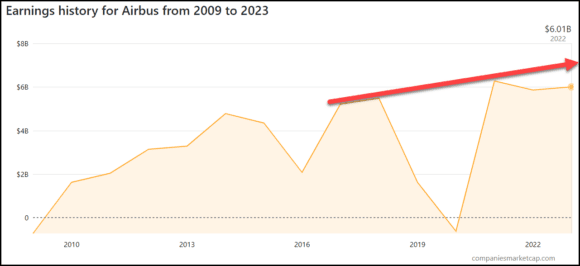At present, it is still a rumor. But the decision process dates back at least four months. Hawaiian has been the “last man standing” on the A330-800 with six orders. The airline has made it plain months ago they were uncomfortable with this situation. Nobody wants to own an orphan aircraft. Besides, no lessor or bank would do a sale and leaseback.
The current airline position on this story is: “It is well-known that Hawaiian Airlines has been negotiating with both Boeing and Airbus for the next addition to our fleet. We have not signed an agreement with either manufacturer. We look forward to announcing the conclusion of those negotiations when it is appropriate to do so.”
Airbus advises us the airline has made no announcement and they will not comment on any rumors. Boeing also says it does not comment on “customer discussions”.
From our perspective, it makes sense that Boeing is trying to ensure the A330neo program does not gain any traction. If Hawaiian switches away from Airbus, the A330-800 has no orders. We can understand why Boeing might be prepared to be aggressive with the Hawaiian order.
Airbus has, so far, made the most market gains in the single-aisle side of the middle of the market segment. For example, Hawaiian recently introduced the A321neo in its fleet which has taken over some routes traditionally using 767s.
Boeing is at a critical juncture; it is paramount that the Airbus infiltration of Hawaiian is halted. After all, the airline was an all-Boeing fleet once. It could be that the geographic position of the Honolulu hub also drives Boeing’s effort as it will ideally suit the 797 potential capabilities to serve Asian and North American routes. In short, the Hawaiian deal could be more influential than it looks.
The crucial issue here is this: If Boeing is prepared to aggressively move to win the airline, is this a strong hand or a weak hand?
The A330-800 is supposed to seat 257 and have a range of 7,500NM. The 787-9 should seat 290 and have a range of 7,635NM. Several years ago, in an interview with CEO Mark Dunkerley, he spoke of looking at markets from Hawaii as far as the UK. Honolulu to Heathrow is 7,237NM. Therefore, the range is of great interest but possibly not the primary driver.
But looking at the choice, if the airline goes with the 787-9 it is listed at $281.6m and seats 290. The A330-800 lists at $259.9m, seating 257. The A330-900 lists at $296.4m and seats 287. If Hawaiian is really looking for a ~290 seater, the A330-900 was likely to be a better bet than the 787-9 because almost certainly it is cheaper, regardless of list prices. Almost certainly Hawaiian looked at converting to the A330-900 but might have demurred because it is just too big.
If Hawaiian did not want to upgrade (like other A330-800 customers) it seems reasonable to assume they may want the range, but not the extra capacity. Ergo, what might Boeing be doing by offering the 787-9 rather than a better-sized 787-8 with 242 seats? The 787-8 has a range of 7,635NM after all.
What seems to be going on – if the “rumors” are true – is that Boeing could be fighting hard to win Hawaiian. Boeing is unlikely to be concerned that the A330-800 program could potentially hurt the NMA business case. Bear in mind that the NMA would be optimized for the segment, while the A330-800 is a compromise. The Airbus may be cheaper, but that does not naturally make it a winner.
It is understood that the business case for the NMA is weaker than Boeing suggests. At PNAA a week ago, Boeing’s Randy Tinseth noted that people who question the segment potential size are not thinking outside the box. Boeing sees a potential market for 4,000 aircraft in the segment.
Bear in mind the 797/NMA will be a family of more than one size. And its market size (4,000 or less, depending on where you stand) is squeezed by the increasingly capable A321neo from the bottom and the A330neo at the top. Boeing faces two pressure points: segment size and pricing.
Boeing, we think, cannot afford a “kick the can” middle of the market strategy”: it has a growth-constrained design in the MAX10. It must, therefore, develop a new aircraft with the associated costs. Meanwhile, Airbus is tweaking existing designs at a fraction of the cost.
If Hawaiian is really moving to Boeing, there are two considerations. What kind of deal must Boeing offer to win them back? And even then, the airline might end up switching away from the 787 for the 797.




